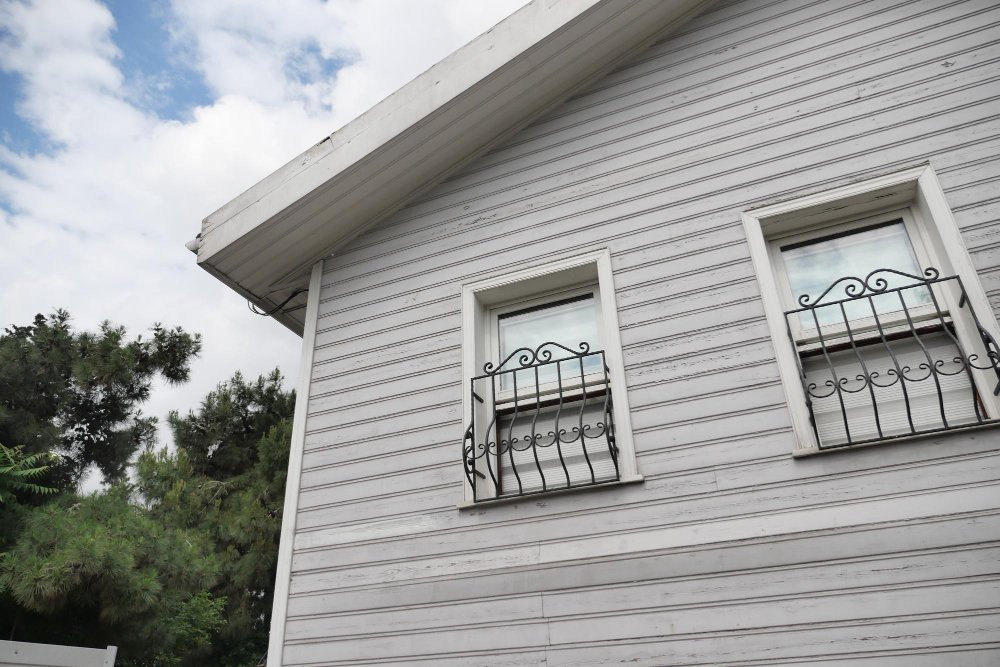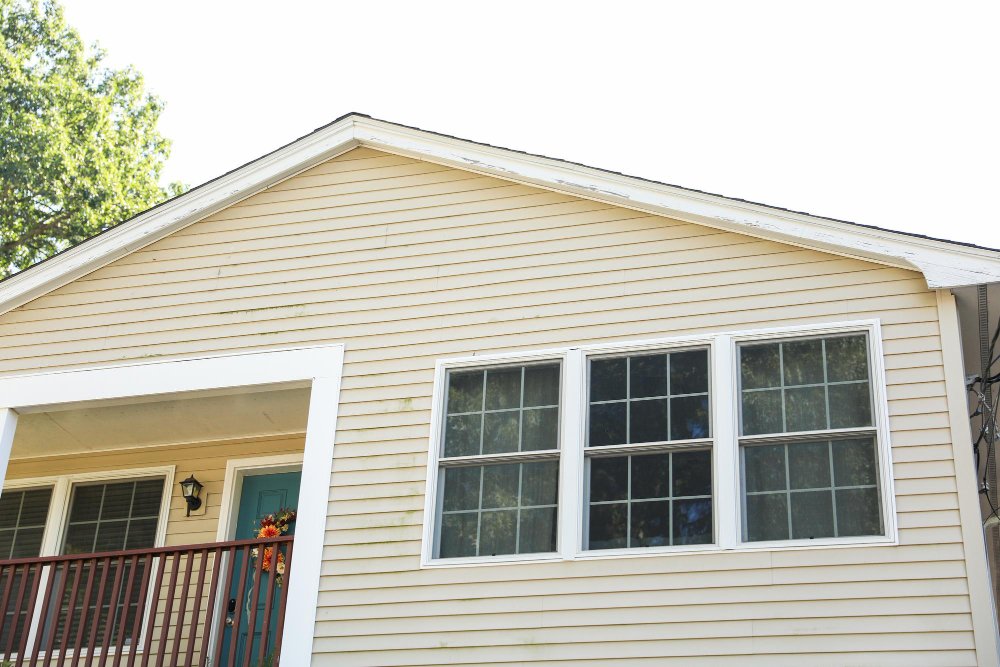
Peeling Paint, Cracks, and Rot? Cement Board Siding Solves All of It
- Click To My House
- Posted on
It started with a hairline crack beneath the window. Then, small flakes of paint along the trim. Before long, my home’s beautiful wood siding — once the pride of our curb appeal — began to show its age. Warped boards, soft spots near the foundation, and the unmistakable signs of rot.
We had invested in landscaping, lighting, even a smart irrigation system. But the siding? It was failing. And no coat of paint could save it.
That’s when we discovered cement board siding — a solution that didn’t just fix the problem, but elevated the entire exterior of our home.
🛠 The Problem: Traditional Siding Meets Real Life
Most homeowners don’t realize how vulnerable wood siding really is until the damage is already visible. In our case, the issues were familiar:
- Peeling paint from sun and moisture exposure
- Warping and cracking from thermal expansion
- Termite damage in ground-level panels
- Frequent repainting (every 5–7 years)
- Moisture rot, especially on north-facing walls
Each repair felt like putting a bandage on a deeper wound. We didn’t want to replace wood with more wood — we needed a long-term material that performed without compromising design.
💡 The Solution: Cement Board Siding
Cement board siding (often known by brand names like Hardie® Board) is made from a blend of cement, sand, and cellulose fibers. The result? A material that mimics the beauty of wood — without its weaknesses.
Here’s why it made sense:
| Issue | Wood Siding | Cement Board Siding |
|---|---|---|
| Paint longevity | 5–7 years | Up to 15 years with baked-on finish |
| Rot/moisture resistance | Poor | Excellent — non-organic |
| Pest resistance | Low | High — termites won’t touch it |
| Fire resistance | Combustible | Non-combustible |
| Maintenance required | High | Low |
For our outdoor lifestyle — sunny summers, wet winters, and weekend grilling — cement board siding gave us protection and polish.

✨ What Surprised Us: The Aesthetic Upside
As a designer, I’ve always believed materials should perform as beautifully as they look. What I didn’t expect was how versatile cement board siding could be.
We opted for a smooth panel in a warm gray tone, with crisp white trim and matte black downspouts. The result? A modern farmhouse elevation that felt both timeless and resilient.
Other design-forward benefits:
- Available in plank, shingle, panel, and batten styles
- Wide range of factory finishes and colors
- Can be painted to match any palette
- Smooth or woodgrain textures depending on the desired effect
It blended perfectly with our outdoor kitchen, composite decking, and landscape lighting plan — all part of the same cohesive vision.
📉 What It Costs (And Saves)
The upfront cost of cement board siding is higher than vinyl or untreated wood, but the long-term numbers tell a different story.
| Material | Initial Cost (installed) | Maintenance (20 years) | Total Value |
|---|---|---|---|
| Vinyl | $6–$10/sq.ft | Moderate | Medium |
| Wood | $8–$12/sq.ft | High (paint + repair) | Low–Medium |
| Cement Board | $10–$14/sq.ft | Low (paint every 15 yrs) | High |
Over two decades, we estimate we’ll save $8,000–$10,000 in repainting, patching, and labor costs.
🛎 Final Thought: Don’t Just Fix — Future-Proof
In outdoor living, design is only as good as the materials behind it. You can have the most curated garden, the most inviting lighting, and the trendiest patio set — but if your siding is falling apart, none of it feels complete.
Cement board siding gave us peace of mind. It protected our investment, simplified our maintenance schedule, and — most importantly — brought our home’s architecture back to life.
So if your exterior is showing signs of wear, don’t repaint. Rethink.
✅ Call to Action
Tired of peeling paint and patchwork repairs? Explore cement board siding as a durable, design-smart solution that elevates your home — and protects it for decades.
